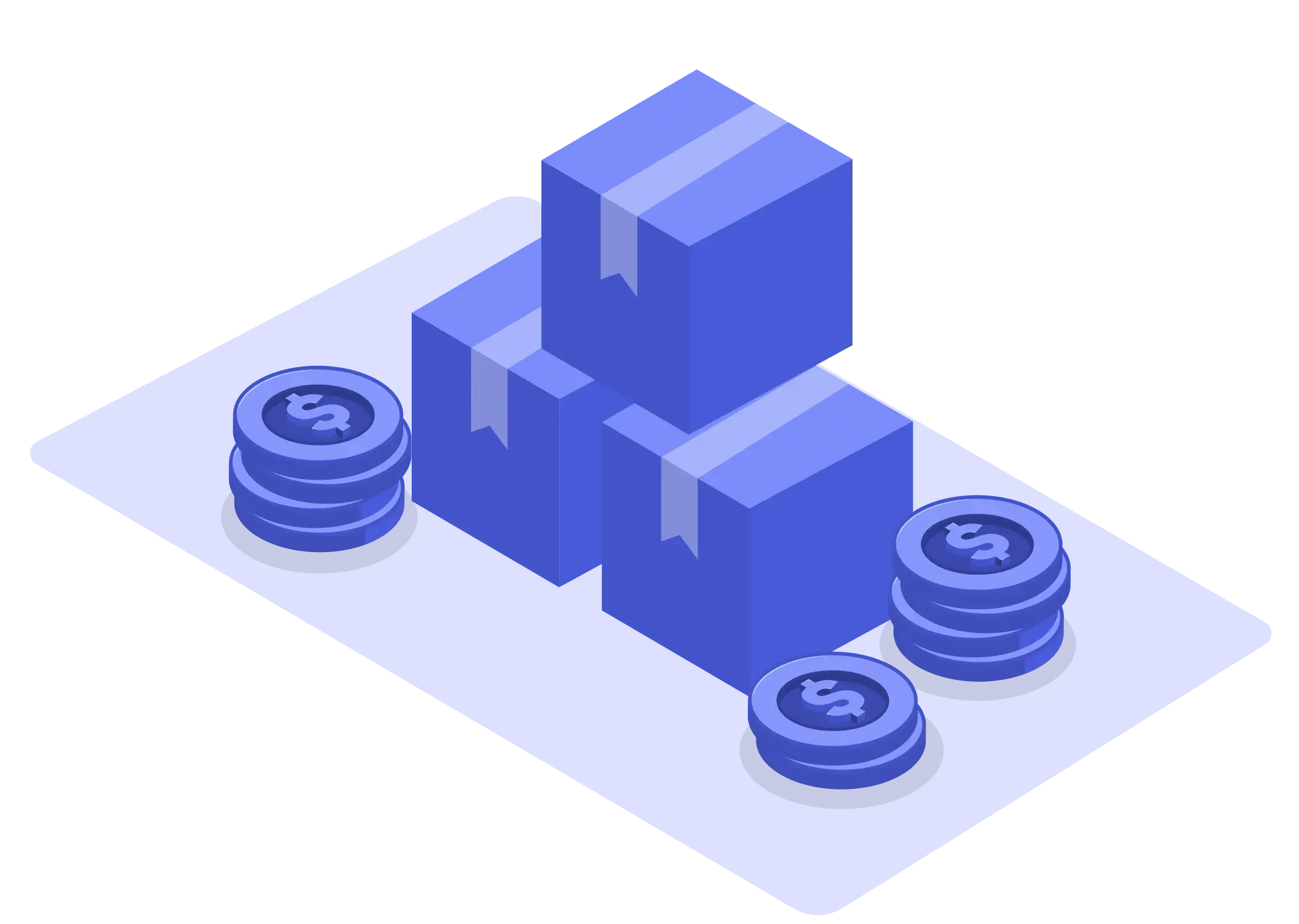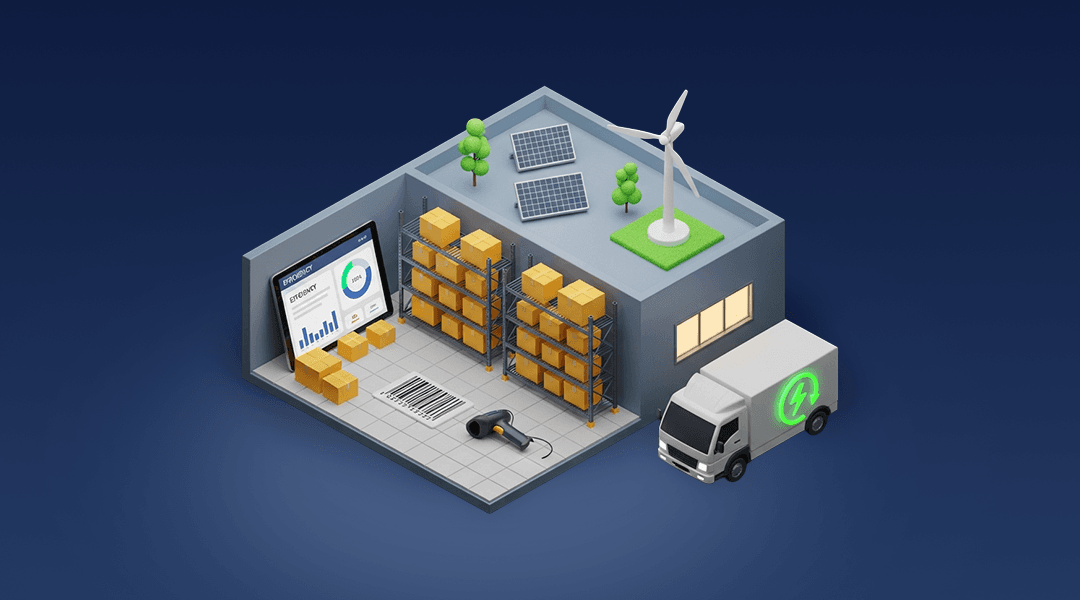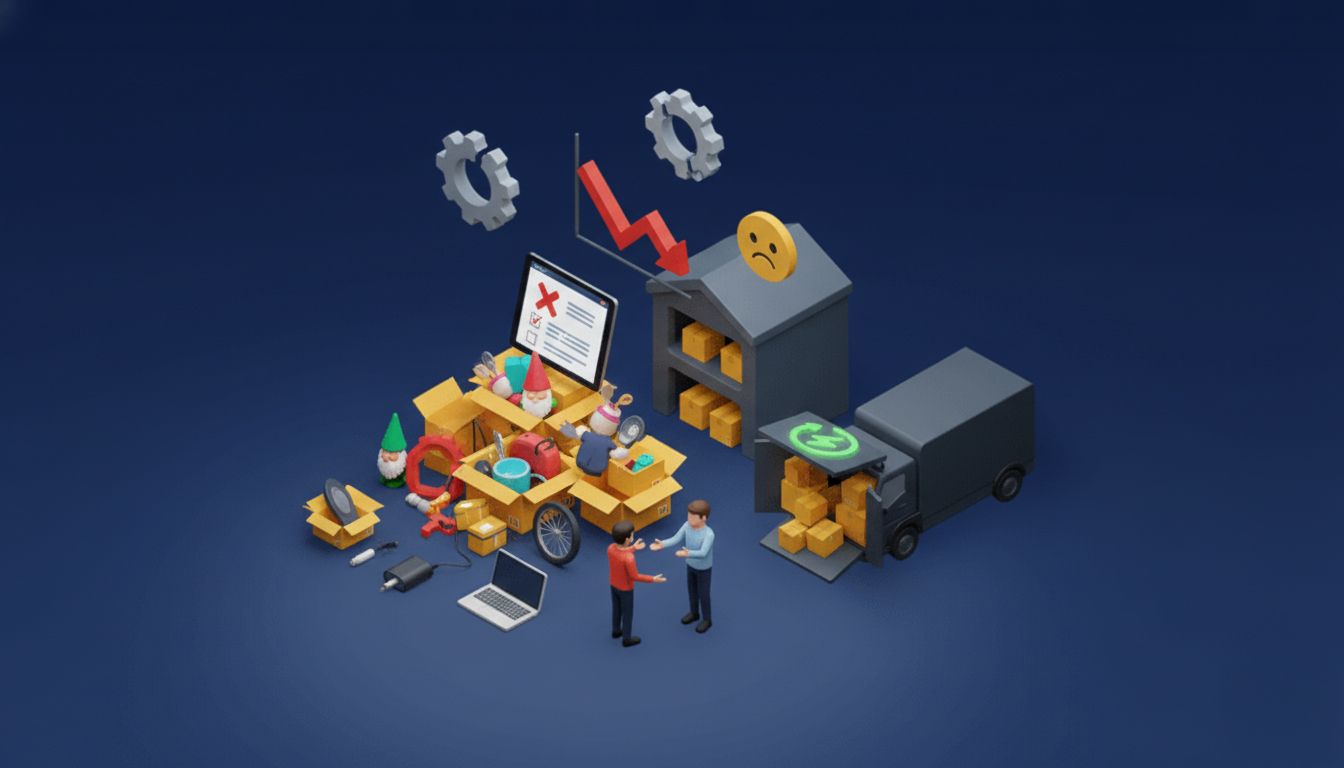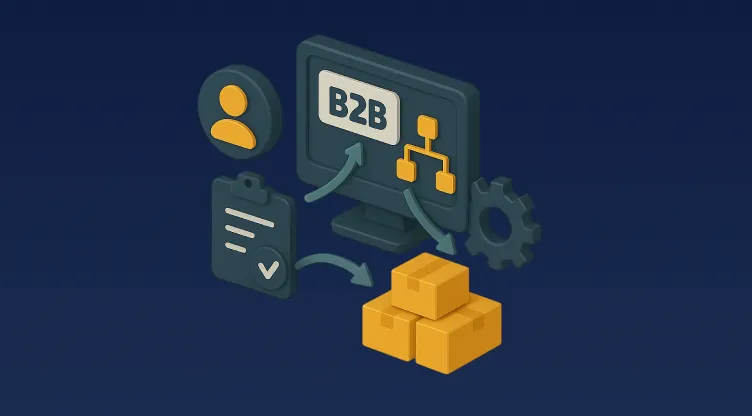Planning Reverse Logistics with TMS: Building Smarter Pickup Routes for Returns and Refurbishment
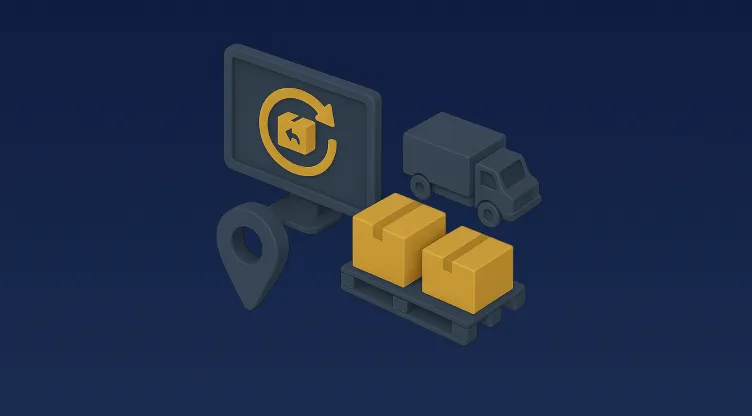
İçindekiler
Short Hauls, Long Gains: Executive Insights at a Glance
- Reverse logistics is a key part of the e-commerce loop in MENA.
- A Transportation Management System (TMS) ensures planned returns and refurb shipments.
- TMS helps brands reduce pickup delays, route confusion, and refurb time.
- Smart routing with TMS can cut fuel costs and driver overtime.
- Real-time tracking improves customer trust and operational transparency.
- Integration with Returns Management ensures seamless product journeys.
Why Reverse Logistics Deserves More Attention
In the Gulf Cooperation Council (GCC) region, e-commerce return rates range from 15–25%, similar to global averages. While forward logistics (delivering orders to customers) receives plenty of attention, the reverse logistics process often lags behind. Yet, it’s this very segment—return pickups and product refurbishments—that often defines the overall customer experience.
Reverse logistics refers to all operations related to the reuse of products and materials. It begins at the customer's doorstep and may end at a warehouse, a refurbishment centre, or even back with a vendor.
And here’s where a Transportation Management System (TMS) comes in. When properly configured, a TMS transforms reverse logistics from a liability into a value driver.
What is a Transportation Management System in Reverse Logistics?
A TMS system helps logistics managers plan, execute, and optimise the movement of goods. In reverse logistics, this includes handling returns from customers, retrieving defective or excess goods, and redistributing them to their next location.
In modern systems like Omniful's TMS, reverse logistics capabilities go beyond basic routing:
- Pickup requests from customers are automatically converted into trips.
- Drivers receive optimised routes based on geofencing and delivery zones.
- Returned goods are sorted by reason, condition, and final destination (refurb, resale, recycle).
This automation ensures returns are not just reactive but part of a smarter logistics plan.
Common Reverse Logistics Challenges in MENA
The MENA region, especially in the UAE and Saudi Arabia, is rapidly scaling e-commerce and B2C fulfilment. But several reverse logistics pain points persist:
- High fuel costs due to inefficient pickup routes
- Lack of visibility into returned goods in transit
- Manual trip scheduling, delaying refurb cycles
- Customer dissatisfaction from delayed or missed pickups
- Complex integration between return systems and transportation planning
A robust TMS system solves these issues by embedding reverse logistics into the heart of transportation operations.
Smarter Pickup Routes: The Core of Reverse Logistics Success
Reverse pickups are not like forward deliveries. They often happen in scattered time slots, require item grading, and need multiple collection points. This complexity demands intelligent routing.
How a TMS Helps:
- Route Optimisation: Using AI and historical data to generate efficient pickup paths.
- Geofencing: Ensures that drivers operate within predefined zones, reducing fuel usage.
- Driver Assignment Automation: Matches trips to drivers based on availability and workload.
- Batching Return Orders: Clubs similar return requests to minimise trip volumes.
- Real-Time Updates: Tracks every pickup with timestamps, increasing accountability.
Combined, these features help brands plan reverse pickups with the same rigor as forward deliveries.
Key Features of Omniful’s TMS for Returns
Omniful’s Transportation Management System is built for reverse logistics in high-volume retail operations. Here's how:
Integration with Returns Management
Connects directly with Returns Management, allowing seamless pickup-to-refurb flows.
Real-Time Driver & Fleet Tracking
Track every return in progress with GPS-powered live updates.
Item-Level Handling
Scan and verify each returned SKU, reducing errors and improving refurbishing time.
Proof of Pickup
Collect digital signatures or visual confirmations for returns collected at customer homes.
Dynamic Route Creation
Plan new pickup routes on demand as return requests come in—no need to wait for batch processing.
Pickup at Hub or Doorstep
Supports both hub-based and doorstep returns, enabling BORIS and reverse logistics models common in MENA cities.
Capacity and Load Management
Avoid overloading return vehicles by tracking weight and volume in real-time.
The Business Value of Reverse Logistics TMS
Reverse logistics is not just an afterthought—it’s a key brand touchpoint.
Here's how a TMS adds strategic value:
- Improves Customer Satisfaction: Fast, transparent pickups build trust.
- Reduces Operational Waste: Efficient routing cuts fuel and overtime costs.
- Supports Sustainability Goals: Enables recycling, reuse, and refurbishment.
- Boosts Profitability: Returned items can be refurbished and resold.
- Drives Brand Loyalty: A simple, clear return experience wins repeat customers.
A modern TMS like Omniful’s also integrates with Warehouse Management Systems (WMS), enabling seamless movement from reverse pickup to refurbishment.
Use Case: MENA Retailer Scaling Reverse Logistics
Let’s consider a fragrance brand in Riyadh that offers “Buy Online, Return In Store” (BORIS) and doorstep returns. Before using Omniful’s TMS, the brand faced:
- Missed pickups due to manual scheduling
- Overloaded drivers leading to damaged goods
- No tracking for returns on route
After TMS implementation:
- Pickup success rate improved by 92%
- Driver utilisation increased by 30%
- Refurbishment cycle time dropped by 48%
The retailer now plans return pickups and delivery runs in one workflow using Omniful’s TMS with integrated Inventory Management and Shipping Gateway.
Strategic Recommendations for MENA Brands
Reverse logistics will continue to grow as e-commerce and omnichannel retail expand across MENA. To stay competitive:
- Adopt a TMS with native returns routing
- Integrate return workflows with OMS and WMS
- Utilise data to refine pickup routes and load balancing
- Offer multiple return options—hub, store, and doorstep
- Automate trip creation and driver assignments
These practices not only reduce costs but elevate the brand’s reputation in a region where customer experience is a major differentiator.
Internal System Synergies
To create a cohesive return ecosystem, your TMS must align with:
- Order Management System (OMS): Automates returns authorisation and order linking.
- Warehouse Management System (WMS): Handles received returns and grading.
- Point of Sale (POS): Facilitates BORIS returns.
- Omniship: Offers reverse logistics via 100+ shipping providers.
- Plug and Play Integrations: Ensures fast deployment with minimal tech overhead.
Frequently Asked Questions
How does TMS improve return logistics efficiency?
TMS reduces manual planning, clusters return pickups, assigns optimal drivers, and tracks every movement in real-time.
Can TMS support multi-location returns across KSA and UAE?
Yes. Omniful’s TMS supports multi-hub, multi-brand reverse pickups with load balancing.
Is reverse logistics only for e-commerce?
No. Retailers, 3PLs, and even FMCG brands benefit from planned reverse flows—be it damaged goods, refurbishments, or recycling.
Can I track return pickups in real-time?
Absolutely. Omniful TMS gives GPS-based updates and delivery windows for every pickup.
Does it support express reverse logistics?
Yes. You can automate urgent return pickups using trip priority rules.
Final Thoughts: Turning Returns into Revenue
In today’s hyper-competitive MENA market, reverse logistics isn’t just a process. It’s a strategic differentiator. A well-executed return experience builds loyalty, reduces cost, and improves inventory turnover.
With tools like Omniful’s TMS system, businesses gain control, agility, and insights across every return movement. Reverse the chaos. Plan every return like a delivery.

